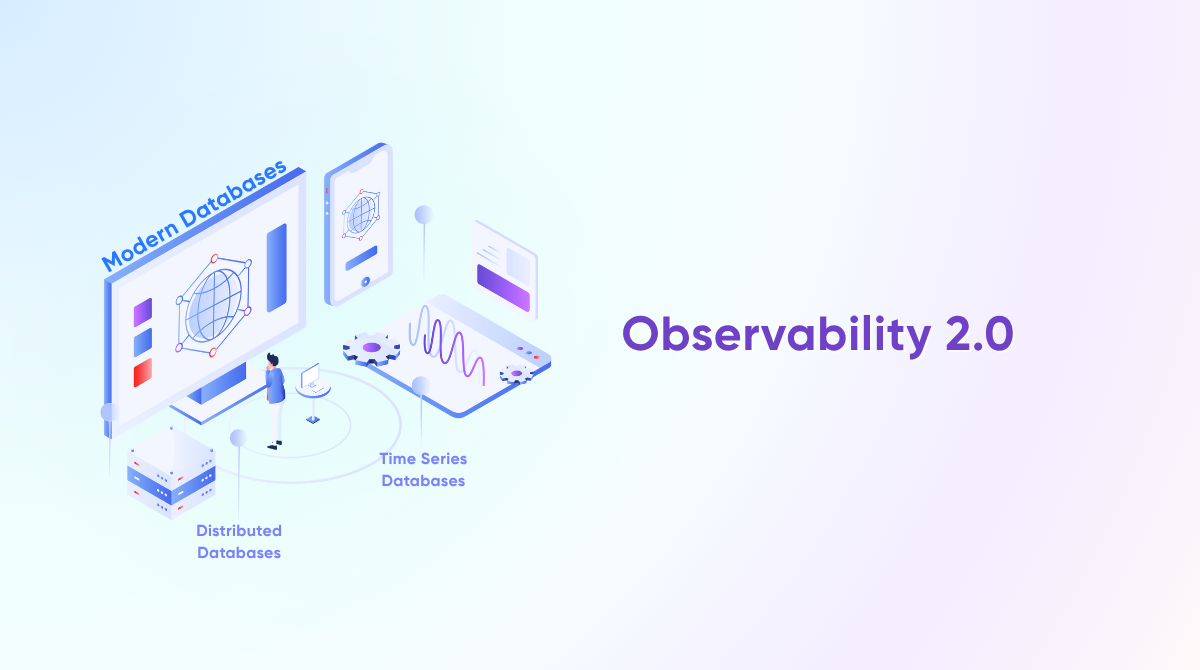Observability for Distributed Databases! Winning the Battle Against Data Downtime

💬 Slack | 🐦 Twitter | 💼 LinkedIn
In an always-on world, data downtime is a dealbreaker. Distributed databases promise resilience—but without robust observability, even the best architectures can leave teams in the dark. As technology stacks grow, pinpointing why or where performance dips isn’t just hard—it can be nearly impossible without the right strategy. Here's how modern observability, with support for time series, event tracing, and centralized metrics such as GreptimeDB's observability platform, is reshaping success for distributed data systems.
The Pain Points: Why Traditional Monitoring Falls Short
Distributed systems scatter data and workloads across nodes, clusters, and sometimes continents. Even with logs and basic metrics, these complexities often mean:
- Delayed incident detection
- Difficulty connecting user issues to backend problems
- Lack of insight into cross-node replication failures
With time stamp-granular observability, users are equipped to tie every anomaly to a precise point in the system, correlating root causes across the stack.
Breaking Down Modern Database Observability
The best observability platforms for distributed databases must provide:
- End-to-end tracing: Map a transaction as it hops through shards and replicas.
- Customizable alerting: Trigger notifications on latency spikes or replica lag.
- Visual query path analysis: See at a glance where queries are stalling in distributed environments.
For example, with GreptimeDB, engineers get a granular breakdown of every event—including the original time stamp—making diagnosis far more direct than sifting through multi-node logs.
Advanced Use Case: Scaling Without Blind Spots
One retail company scaled its services globally, but latency unpredictably increased in just one region. Using a modern observability toolkit—including GreptimeDB’s visual metrics—the team could:
- Spot that a single node’s write throughput was a bottleneck due to staggered time series ingestion.
- Resolve replica lag before it impacted users.
- Coordinate follow-the-sun incident response using unified dashboards.
This insight resulted in consistent performance and happier end-users during massive holiday traffic surges.
What’s on the Development Road Map?
- Self-healing anomaly detection: Pro-active anomaly repair algorithms using machine learning.
- Multi-cloud and on-prem cluster observability: Visualize federated queries and storage health in one place.
- Role-based access to observability data: Ensuring airtight security for sensitive operational metrics.
Final Thoughts: Don’t Let Database Blindspots Hurt Your Business
Effective observability is essential—not a luxury—for distributed databases. Want to see how GreptimeDB Observability 2.0 helps businesses avoid costly downtime? Take a tour of our live dashboards or request a personalized consultation today.
